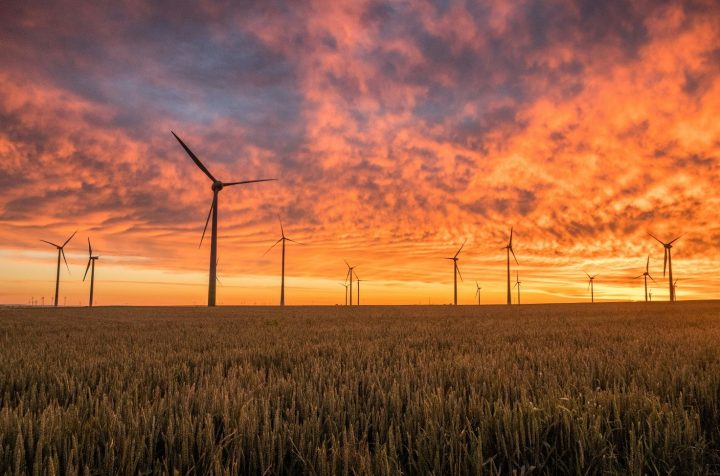How green is green energy? Diving into its environmental impact

Nowadays, renewable energy has been used in our daily life, such as wind energy and hydroelectricity. In the realm of sustainable energy, understanding the environmental impact of renewable energy systems is of great importance. Traditional assessments often focus on larger-scale operations, but what about smaller-scale systems? This study dives into the intricacies of environmental impact, employing Life Cycle Assessment (LCA) to examine a renewable energy system on a more localized level.
Unveiling environmental dynamics
Life Cycle Assessment (LCA) serves as our guiding light, illuminating the intricate web of environmental factors woven into energy systems. It’s a way to look at all the different stages of a product’s life, from when it’s made to when it’s thrown away, to see how it affects the environment. Imagine tracking everything about a product, like a wind turbine, from the materials needed to build it, the energy used to run it, and what happens when it’s no longer useful. LCA helps us understand the total environmental impact of that product. From carbon emissions to ecosystem health, every facet of our environment is influenced by energy choices. But what about the smaller players in this landscape?
Shifting focus: from macro to micro
While most studies cast their gaze upon large-scale energy systems, this research zeroes in on the smaller players, seeking to unravel the nuances of their impact. We delve into real-time data, departing from static analyses to embrace the dynamic nature of energy consumption. The real-time energy consumption data is gathered during the manufacturing, then carbon emissions during the process can be generated with the help of LCA tools.
Breathing life into data
We automatically gather data from various energy production sources, like power plants, wind farms, and solar panels, and continuously updates this information in real time. This allows us to monitor current carbon emissions and electricity prices just like a live weather report, but for energy and emissions. By automating data collection and analysis, our system provides up-to-date and accurate information, helping us understand the environmental impact of energy production and its effect on electricity prices, enabling better decision-making and more efficient energy use. The results paint a vivid picture of the relationship between carbon emission intensity and electricity prices within our renewable energy system. Far from linear, these variables dance in tandem, showcasing daily fluctuations that offer insights from both sustainability and economic perspectives. Yet amidst these insights lie challenges. Identifying lower carbon emissions and electricity prices proves to be a labyrinthine task. Nevertheless, it’s a journey worth embarking on, for within lies the key to sustainable energy practices.
Dynamic LCA: a gateway to deeper understanding
In conclusion, our dynamic Life Cycle Assessment (LCA) project is crucial because it provides a comprehensive and real-time understanding of the environmental impact of energy systems. By continuously monitoring and analyzing data from various energy sources, we can identify the most sustainable practices and areas for improvement. This approach enables us to make informed decisions that reduce carbon emissions and optimize energy use. Ultimately, our project supports the fight against climate change by promoting transparency and accountability in energy production, paving the way for a more sustainable and environmentally friendly future.
In the tapestry of renewable energy, every thread counts. Let us weave a narrative of sustainability, one dynamic assessment at a time.
Xiang (Peter) Hu
The writer is a Doctoral Researcher from Industrial Engineering and Management, Faculty of Technology, University of Turku. Passionate about sustainable energy practices and environmental stewardship, Xiang (Peter) is dedicated to unraveling the complexities of our energy landscape. With a keen interest in dynamic methodologies, Xiang (Peter) seeks to bridge the gap between theory and practice, paving the way for a greener tomorrow.
References
Dincer I, Zamfirescu C. Sustainable energy systems and applications. Springer Science & Business Media; 2011 Nov 6.
Kreith F, Krumdieck S. Principles of sustainable energy systems. CRC press; 2013 Aug 19.
Laurent A, Espinosa N, Hauschild MZ. LCA of energy systems. Life cycle assessment: theory and practice. 2018:633-68.
Ciacci L, Passarini F. Life cycle assessment (LCA) of environmental and energy systems. Energies. 2020 Nov 12;13(22):5892.
